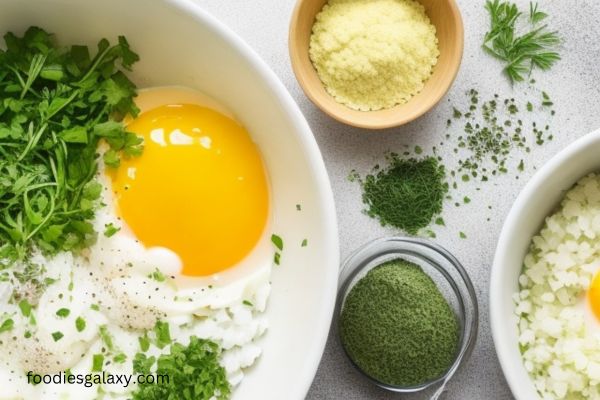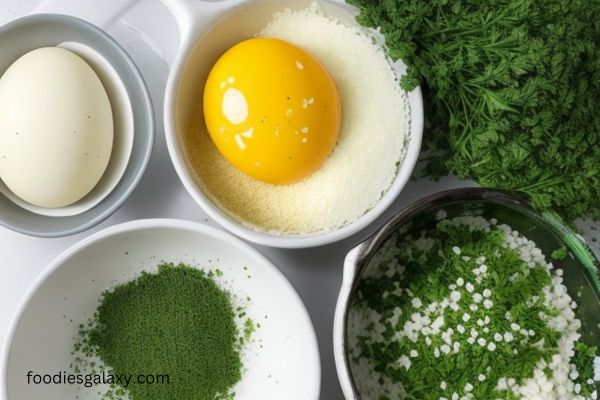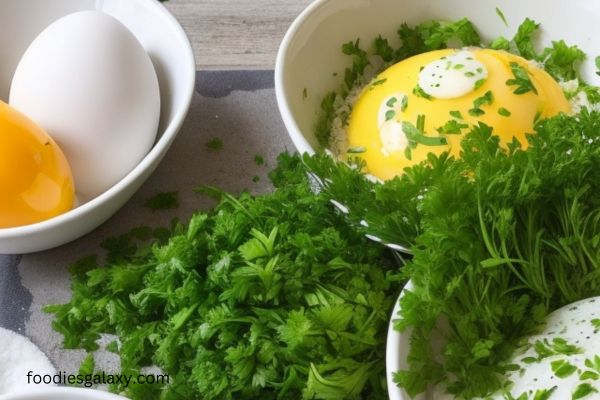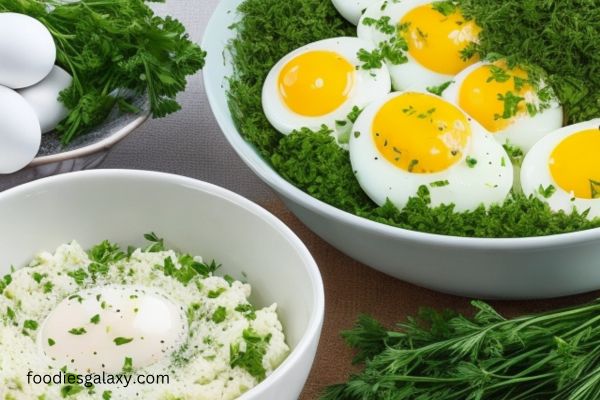Mastering the Art of the French Omelette: A Culinary Journey Through Elegance and Flavor
Dear readers imagine a world where a few simple ingredients come together in perfect harmony to create a culinary masterpiece that has graced breakfast tables for generations. The French omelette is precisely that—an embodiment of elegance and flavor that transcends the ordinary. Join us on a journey that explores the allure of the French omelette, delves into its delicate preparation, and celebrates the art of creating a dish that is not just nourishing but a true sensory delight.
Unveiling the French Omelette: A Symphony of Simplicity and Taste
At the heart of the French omelette lies a delicate balance between minimalism and taste. This classic dish is a testament to the fact that a handful of high-quality ingredients, when treated with care and finesse, can culminate in a creation that pleases both the palate and the soul.
Ingredients:
– 3 large eggs
– Pinch of salt
– Dash of freshly ground black pepper
– 1 tablespoon butter
– Optional: Chopped fresh herbs (chives, parsley, tarragon) for garnish
Step 1: The Art of Egg Whisking
The journey of crafting a French omelette begins with the eggs themselves. Crack three large eggs into a bowl, and with a gentle hand, whisk them until the yolks and whites unite in harmony. A pinch of salt and a dash of freshly ground black pepper grace the mixture, offering the first notes of seasoning that will infuse the omelette with subtle depth.
Step 2: A Dance of Heat and Butter
In a non-stick skillet, a tablespoon of butter meets the gentle heat of the stove. The butter’s sizzle is a prelude to the symphony about to unfold—a symphony that will see it embrace the eggs and elevate them to the realm of culinary perfection.
Step 3: The Ballet of Eggs in the Pan
As the butter’s aroma fills the air, the whisked eggs make their debut in the skillet. They spread like a canvas yearning to be painted with flavor. The low heat becomes the conductor of this ballet, ensuring that the eggs unfold their textures with grace and subtlety.
Step 4: The Choreography of Folding and Tucking
The edges of the eggs begin to set, and here comes the choreography that gives the French omelette its signature appearance. With a fork or spatula, gently push the edges toward the center, tilting the pan to create delicate folds. The texture becomes a masterpiece of tenderness—creamy and soft, like a silken ribbon.
Step 5: The Culmination of Technique and Taste
As the eggs set and the omelette becomes slightly runny on top, it’s time for the grand finale. With a flick of the wrist, the omelette folds in half, revealing its treasure—a velvety interior that awaits its moment to shine.
Savoring the Experience: A Culinary Legacy and Personal Passion
My journey with the French omelette began as a quest for culinary excellence. Countless mornings spent perfecting the folds, adjusting the heat, and appreciating the nuances of simplicity and taste. Through every trial and triumph, I learned that the French omelette is not just a dish; it’s a work of art that pays homage to tradition and the magic of technique.
Pairing Possibilities: A Symphony of Complementary Flavors
The French omelette is a versatile canvas that pairs harmoniously with an array of sides. Whether it’s the crunch of a freshly baked baguette, the freshness of a light salad, or the earthiness of sautéed mushrooms, the omelette takes on new dimensions with every accompaniment.
Nutrition Information (per serving):
– Calories: 218
– Protein: 11g
– Carbohydrates: 1g
– Fat: 18g
– Saturated Fat: 8g
– Cholesterol: 395mg
– Sodium: 272mg
– Potassium: 111mg
– Fiber: 0g
– Sugar: 0g
– Vitamin A: 16%
– Vitamin C: 0%
– Calcium: 5%
– Iron: 8%
Read More : Zucchini bread
FAQs Unveiled: Satisfying Curiosity, Enhancing Knowledge
Q1: What is a French Omelette?
Ans: A French omelette is a delicate and classic dish that showcases the art of minimalism in cooking. It’s made by gently whisking eggs, seasoning them with salt and pepper, then cooking them in butter until just set. The result is a creamy and tender omelette that’s traditionally folded in half for a soft, velvety interior.
Q2: Difference Between a French Omelet and a Regular Omelet?
Ans: The main distinction between a French omelette and a regular omelet lies in their texture and cooking technique. A French omelette is cooked over low heat with constant stirring and folding, resulting in a creamy and tender texture. On the other hand, a regular omelet is often cooked at slightly higher heat and may incorporate various fillings, resulting in a firmer texture and more substantial fillings.
Q3: How Are French Omelettes Cooked?
Ans: French omelettes are cooked with a focus on gentle heat and constant movement. Here’s how: Whisk eggs with salt and pepper. Melt butter in a non-stick skillet over medium-low heat. Pour eggs into the skillet and let them spread out gently. As the edges set, use a fork or spatula to push them toward the center while tilting the pan. Continue folding until the omelette is slightly runny on top. Fold the omelette in half and slide onto a plate, seam side down.
Q4: What to Serve with French Omelettes?
Ans: French omelettes are versatile and pair well with a variety of sides. Some options include freshly baked bread or baguette, mixed greens or a light salad, sautéed mushrooms or spinach, roasted tomatoes or asparagus, and crispy bacon or breakfast sausage.
Q5: How Many Types of Omelettes Are There?
Ans: Omelettes come in various styles, each offering a unique taste experience. Some popular types include Western or Denver Omelette, Spanish Omelette or Tortilla Española, Italian Omelette, Vegetarian Omelette, and Mediterranean Omelette.
Conclusion: A Culinary Symphony for Your Senses
The French omelette is not just a dish; it’s a journey—a journey that celebrates the harmony of technique, the allure of minimalism, and the richness of taste. As you embark on your own exploration of this classic delicacy, remember that each fold, each sizzle of butter, and each delicate bite is an homage to a centuries-old tradition that continues to enchant and inspire. So, gather your ingredients, embrace the heat of the skillet, and let the symphony of flavors unfold as you create your very own masterpiece—a French omelette.





